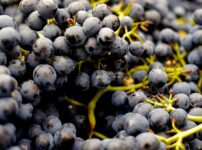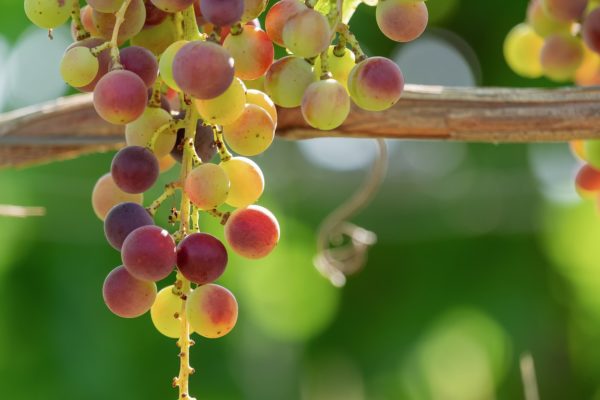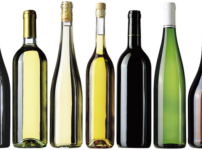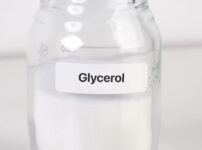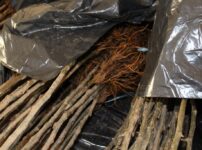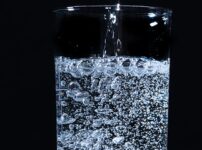- Nagis Wineworld >
- Nagi
Nagi
Holds a degree in Viticulture and Enology from Geisenheim University in Germany. Served as Head Winemaker at a German winery. Experienced viticulturist and enologist. Currently working as an independent winemaker and consultant specializing in both viticulture and enology.




